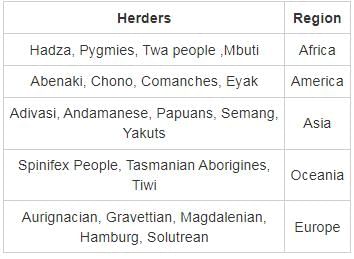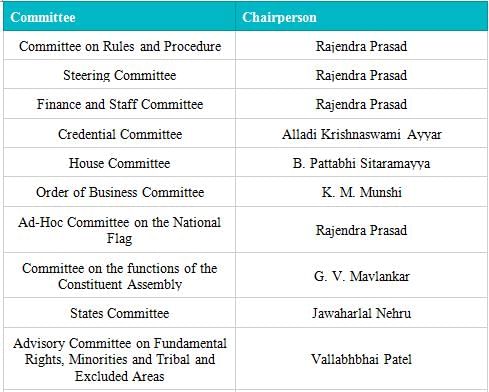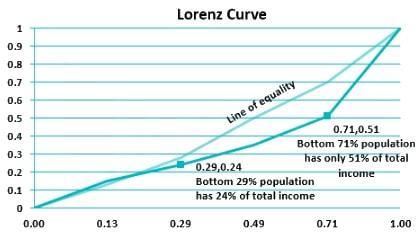UPPSC GS I Practice Test - 12 (Old Pattern) - UPPSC (UP) MCQ
30 Questions MCQ Test - UPPSC GS I Practice Test - 12 (Old Pattern)
As per census 2011, which of the following Indian states has the highest proportion of Scheduled Tribes in its population?
Which is the second most densely populated city in India?
Who is the author of the book “The Battle of Belonging”?
Recently Gopal Krishnan Committee was constituted. To which matter is it related?
Which of the following statement regarding migration is NOT correct?
The longest mountain range in the world is
Which one of the following is a sign of economic growth?
Which one of the following is not correctly matched?
Which of the following combination is wrong for highest product and producer?
Match List - I with List - II and select the correct answer using codes given below:

Consider the following statements regarding the Ayushman Sahakar scheme.
1. This scheme is formulated by the Indian Council of Agricultural Research.
2. This scheme assists cooperatives in the creation of healthcare infrastructure in the country.
Which among the above statements is/are correct?
‘Five Star Village Scheme’ started by Government of India in September 2020 relates to which one of the following?
Which of the following statement is incorrect regarding the constituent assembly?
The tenure of Central Information Commissioner is
Which of the following are the objectives of the NITI Aayog?
1. Fostering Cooperative Federalism.
2. Creating a Knowledge think tank.
3. Technology Upgradation.
4. To develop mechanisms to formulate credible plans at the village level.
Consider the following statements on the AMRUT scheme.
1. It has been launched by the Ministry of Housing and Urban Affairs (MoHUA).
2. Odisha bagged the first position in the implementation of the AMRUT scheme.
Which among the above statements is/are correct?
The new ‘School Bag Policy, 2020 is released by ________.
Which one of the following statements regarding Bleaching powder and D.D.T. is correct?
Consider the following statements.
1. Bakelite and Melamine are an example of thermoplastics.
2. Thermoplastics are used for making electrical switches, floor tiles, etc.
Which among the above is/are correct?
Which of the following places has India's first garbage cafe?
Sahakar Mitra is an initiative of ________.
Which among the following is NOT correctly matched?
Bodies - Establishment
Personal Disposable income is equal to
With reference to the concept of Food Chain, consider the following statements:
1. Species at higher trophic levels appear to be progressively more efficient in using their available food supply.
2. The relative loss of energy due to respiration is progressively greater for higher trophic levels.
Which of the statements given above is/are correct?
Which of the following biotic interaction reflects a situation in which one species is harmed, and other is unaffected?
Which of the following can be considered as an ecosystem?
1. Home Garden
2. A single tre
3. Cow Dung Pad
4. Rice Field
Select the correct answer using the code given below.



























